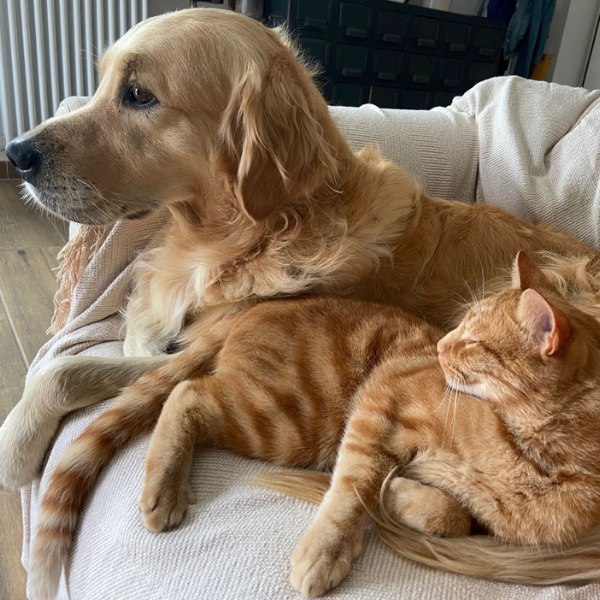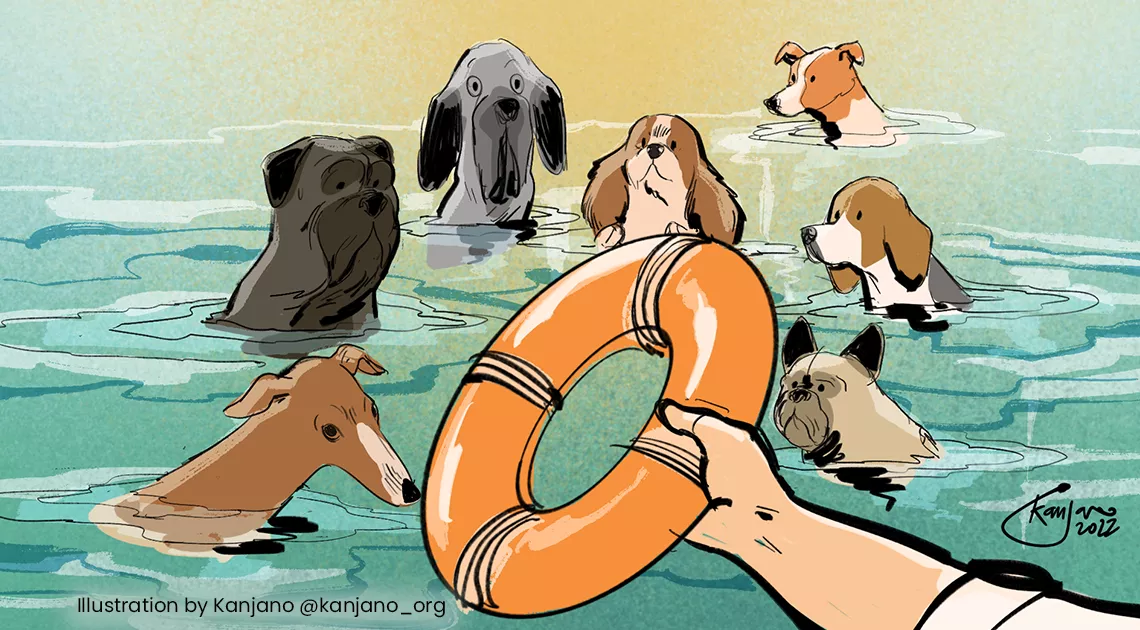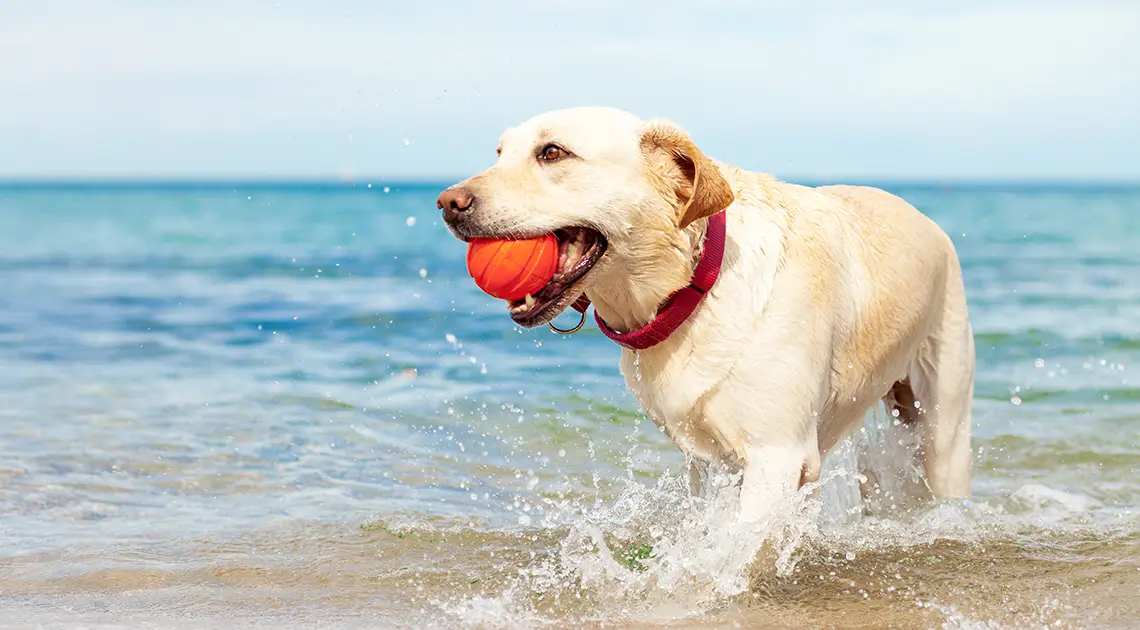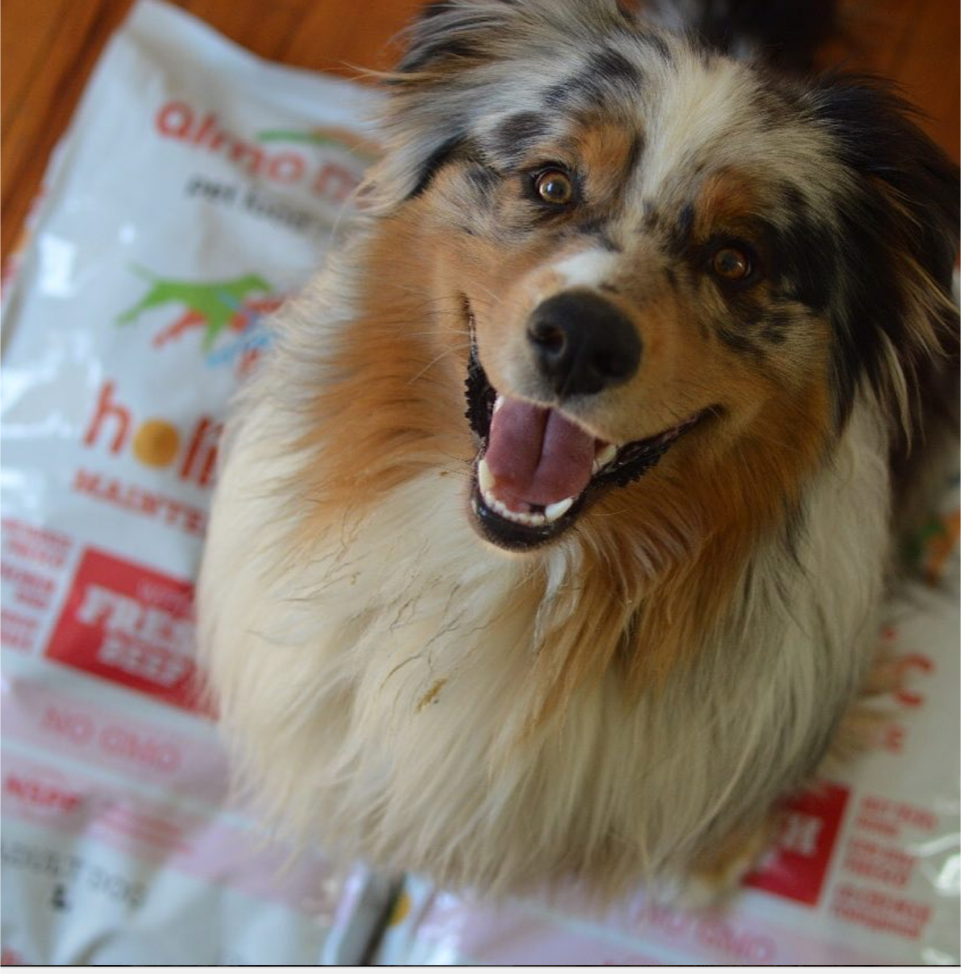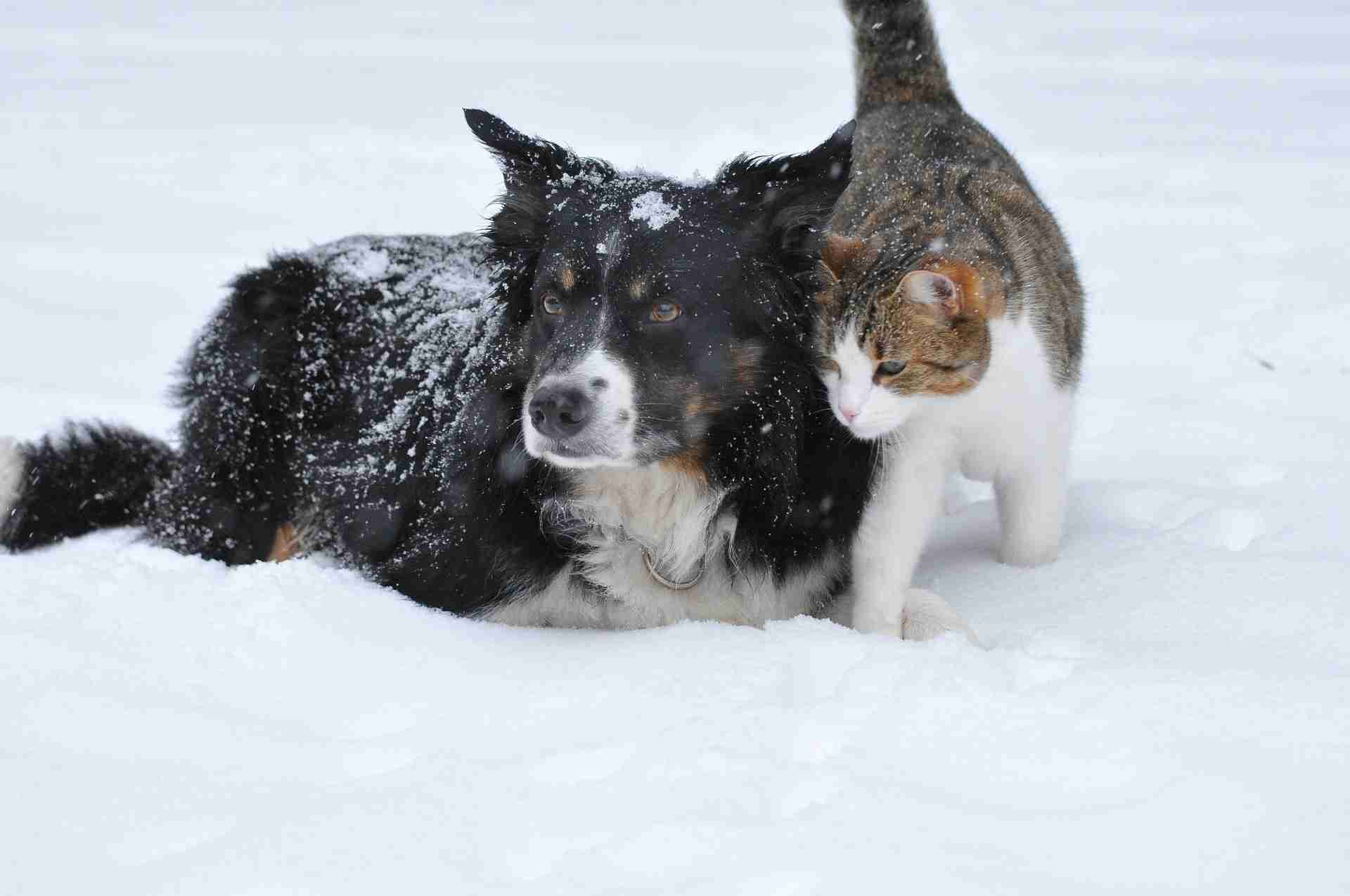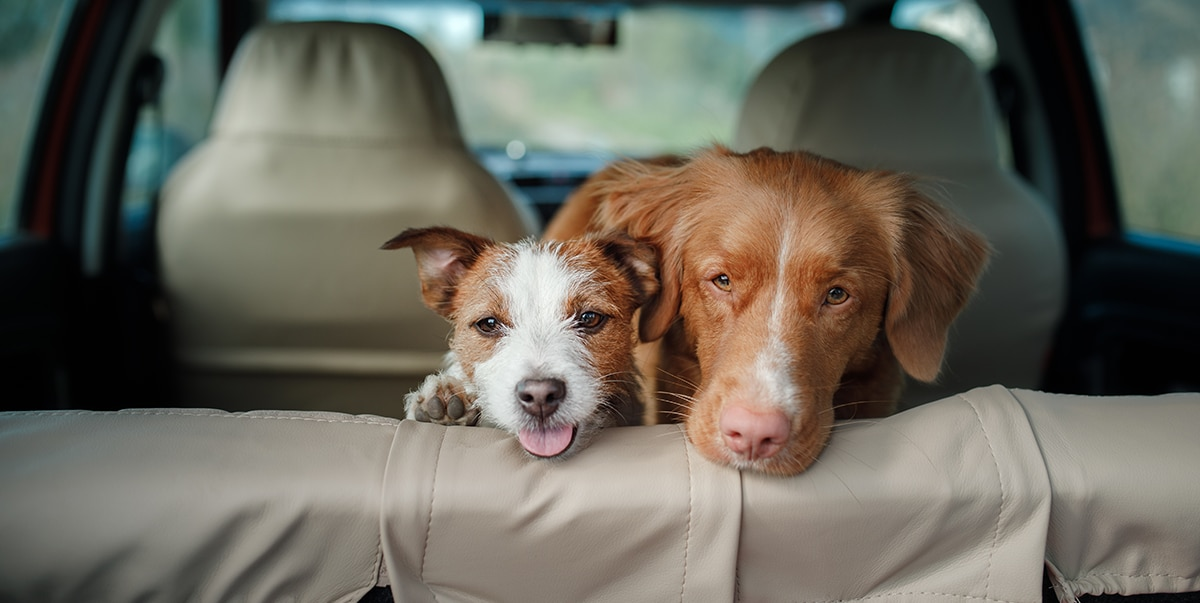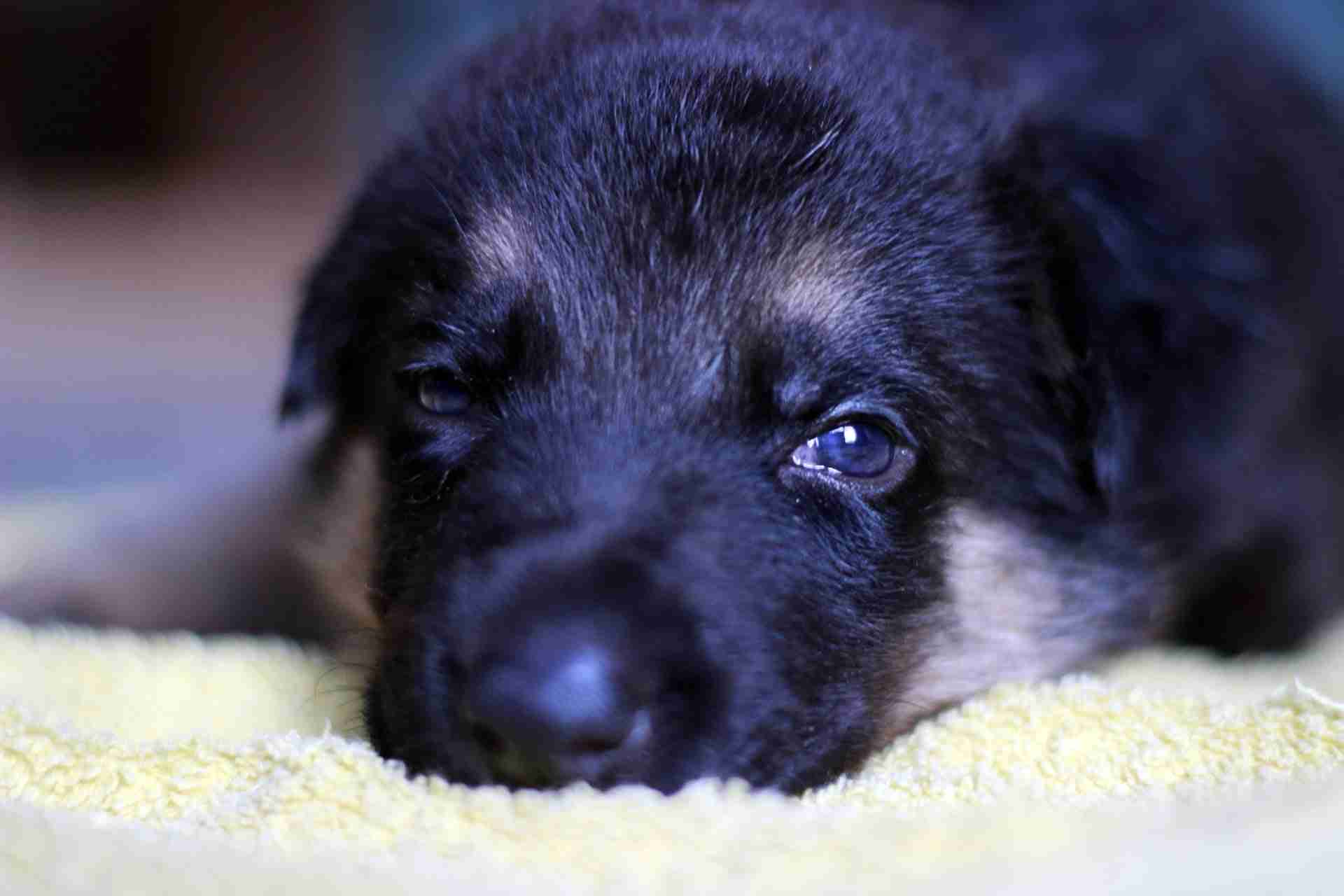Spring: a risky time for cats and dogs

Cats, plants and flowers
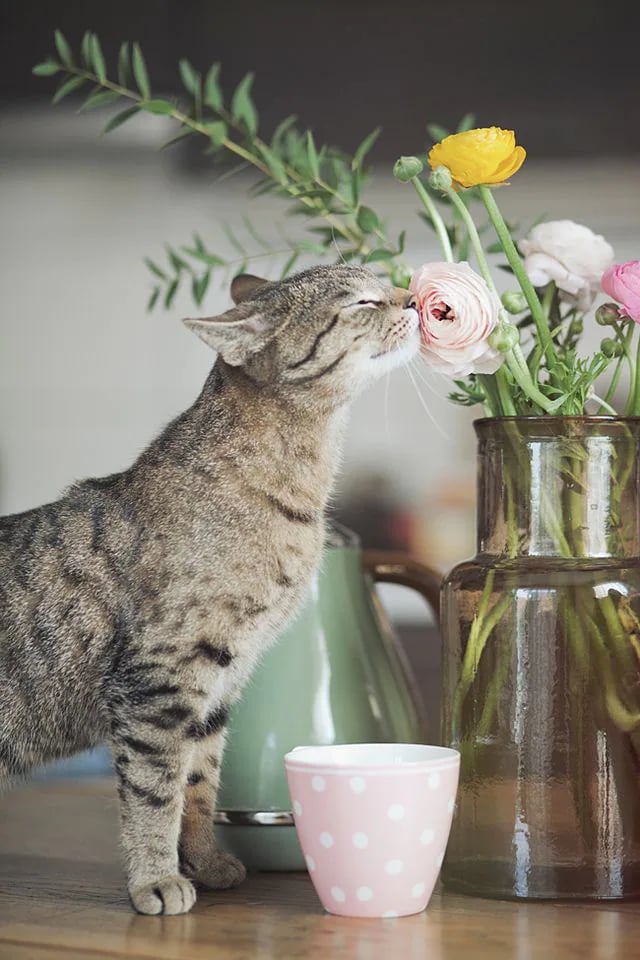
- Lilies are extremely toxic for cats, and ingestion of even a small amount can cause severe kidney damage
- Tulip bulbs can cause severe gastroenteritis and may also affect the heart tissue, inducing cardiac disorders
- Epipremnum aureum (Devil's ivy) and Spathiphyllum (like Spath or the Peace Lily) can cause severe inflammation of the lips, mouth and airways, mouth ulcers, drooling and vomiting if ingested
- Azaleas, rhododendrons, cyclamens and chrysanthemums if ingested can cause severe gastrointestinal disturbances including vomiting and diarrhoea.
- Lily of the valley and the buttercup can cause low blood pressure and disorientation
What plants are safe for cats?
Mint, thyme, rosemary, basil, chamomile and many aromatic plants can be used to decorate and perfume our home and are completely safe for our cat to explore and smell.Some ornamental plants are also safe for our cats, such as lavender, African violet, begonia, cornflower and petunias.What to do if you think your cat has been poisoned
If you think your cat has been poisoned, time is of the essence. Don't wait for your pet to get sick. It is important to contact your veterinarian as soon as possible after ingestion or contact with the plant, informing them of the poison or plant they have been exposed to. The vet will then be able to advise you of the best course of action to ensure the safety of your pet.Dogs and chocolate: bitter enemies!


